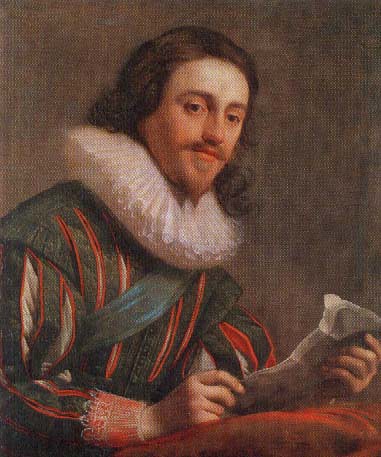The coronation of King Charles I of England was a momentous occasion that took place on February 2, 1626, at Westminster Abbey in London. The coronation was a grand spectacle, with elaborate pageantry and ceremony that aimed to emphasize the king’s divine right to rule and his authority as the head of the Church of England. It was a critical moment in Charles’s reign, and his coronation marked the beginning of a tumultuous period in English history that would ultimately lead to the English Civil War.The coronation of King Charles I was a significant event for several reasons.
First and foremost, it marked the beginning of his reign as the King of England, Scotland, and Ireland. Charles was the second son of King James I, and he had been heir to the throne since his older brother Henry died in 1612. Charles was crowned at the age of 23, and his coronation was a critical moment in his life, marking the moment when he became the supreme ruler of the kingdom.
The coronation was also significant because it represented the culmination of a long and complicated process of preparation. The preparations for the coronation had begun well in advance, with detailed planning and rehearsals taking place over many months.
The ceremony itself was carefully choreographed, with every detail planned and executed to perfection.The coronation began with a procession from the Palace of Westminster to Westminster Abbey.
The procession was led by the king’s heralds, followed by the nobility, the bishops and clergy, and finally the king himself, who rode in a royal coach pulled by six horses. The king was dressed in magnificent robes, and he wore a crown of solid gold that weighed over four pounds.When the king arrived at Westminster Abbey, he was greeted by a huge crowd of onlookers who had gathered to witness the ceremony.
The king then proceeded to the abbey’s high altar, where he knelt before the archbishop of Canterbury, who anointed him with holy oil. This act symbolized the king’s divine right to rule and his anointment as the head of the Church of England.The coronation ceremony then continued with the crowning of the king. The crown was placed on the king’s head by the archbishop of Canterbury, who recited a prayer blessing the king and praying for his success and happiness.
The king was then presented with a scepter and a rod of equity, symbolizing his authority as the ruler of the kingdom.After the crowning ceremony, the king was led to the throne, where he sat in state while the nobility and other important figures paid homage to him. The ceremony was marked by elaborate music and singing, and the king was treated to a variety of performances and pageants.
The coronation of King Charles I was not without controversy. Many people, including some members of the Puritan movement, opposed the coronation on religious grounds, arguing that the ceremony was too elaborate and idolatrous. Others criticized the king’s decision to hold the coronation during a time of national crisis, when the country was facing economic difficulties and political unrest.
Despite the controversy, the coronation was a significant moment in English history, marking the beginning of a new era in the reign of King Charles I. The ceremony emphasized the king’s divine right to rule and his authority as the head of the Church of England, and it was designed to impress and awe those who witnessed it.
However, it also highlighted the deep divisions that existed within English society at the time, and it ultimately contributed to the tensions that would lead to the outbreak of the English Civil war.
The coronation of King Charles I was a grand spectacle that marked the beginning of his reign as the King of England, Scotland, and Ireland. The ceremony was carefully choreographed and designed


Leave a Reply